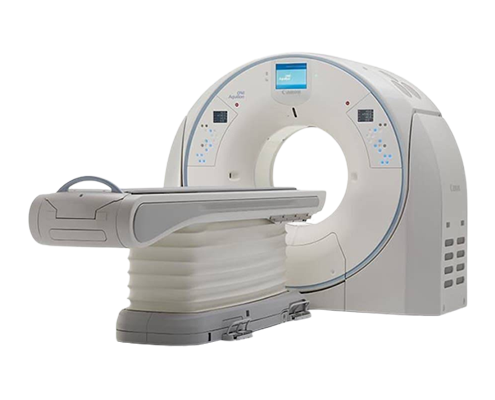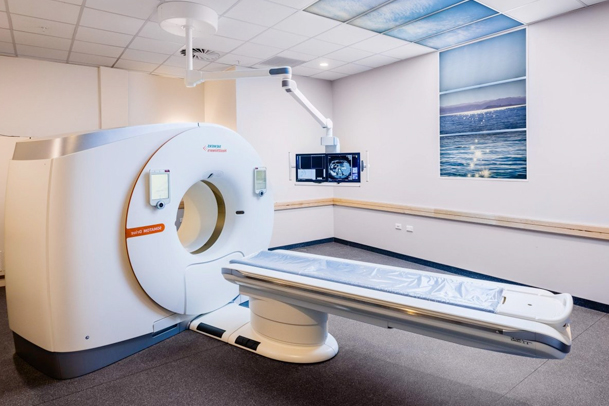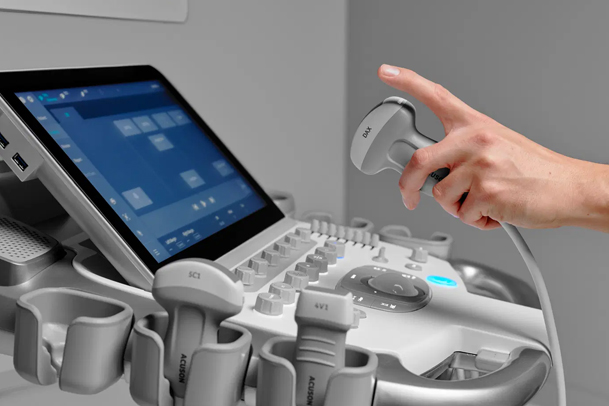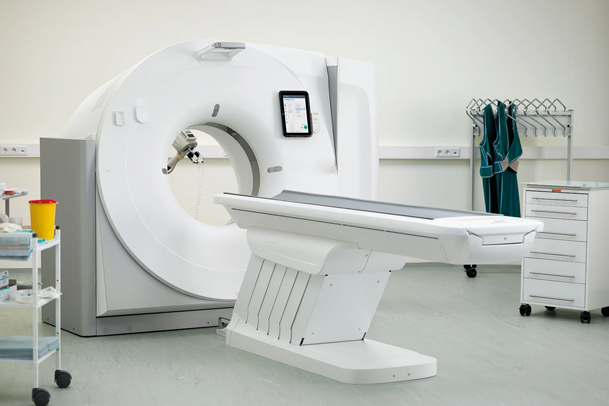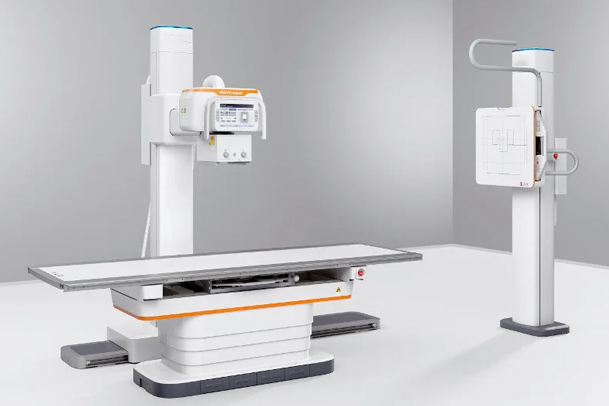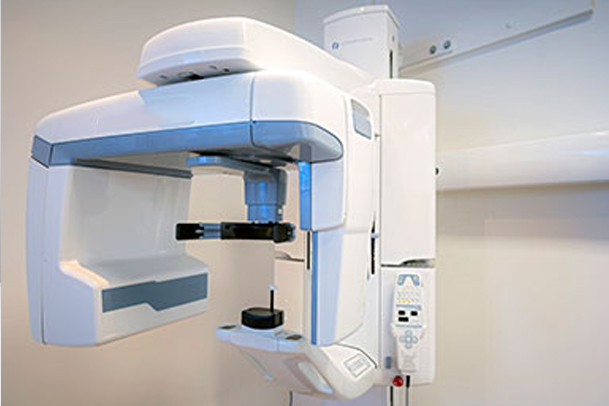Best Doppler Scan in Saravanampatti, Ganapathy
A Doppler Scan can estimate how fast blood flows by measuring the rate of change in its pitch (frequency). During a Doppler Scan ultrasound, a technician trained in ultrasound imaging (sonographer) presses a small hand-held device about the size of a bar of soap, against your skin over the area of your body being examined, moving from one area to another as necessary.
This test may be done as an alternative to more-invasive procedures, such as angiography, which involves injecting dye into the blood vessels so that they show up clearly on X-ray images.
A Doppler ultrasound test may also help your doctor check for injuries to your arteries or to monitor certain treatments to your veins and arteries.
Two types of Doppler ultrasound
Let’s find out.
- CONTINUOUS WAVE DOPPLER. The continuous wave Doppler, as its name suggests, continuously sends and receives signals.
- DUPLEX DOPPLER. The duplex Doppler makes use of standard methods to form images of blood vessels and the surrounding organs. …
Benefits of a Doppler ultrasound
- Non-invasive.
- Generally painless.
- Does not use radiation.
- Can show if you have any blocked arteries in your neck, arms and legs.
- Can show if you have any blood clots in the veins in your legs.
- Can show the amount and speed of blood flow in your veins and arteries.
A Doppler ultrasound may help diagnose many conditions, including:
- Blood clots
- Poorly functioning valves in your leg veins, which can cause blood or other fluids to pool in your legs (venous insufficiency)
- Heart valve defects and congenital heart disease
- A blocked artery (arterial occlusion)
- Decreased blood circulation into your legs (peripheral artery disease)
- Bulging arteries (aneurysms)
- Narrowing of an artery, such as in your neck (carotid artery stenosis)
If a Doppler test is positive. What will happen?
The results of a Doppler ultrasound help doctors determine the health of the veins and arteries. Normal results indicate that the images show no issues such as blockages or narrowing of blood vessels. If the technician has found an irregularity, it could indicate: a blood clot.
